Providence Canyon State Outdoor Recreation Area
Bad farming practices caused this unnatural natural wonder.
Gorgeous Providence Canyon, affectionately known as “Georgia’s Little Grand Canyon,” is one of Georgia’s most treasured locations.
It’s even been touted as one of the state’s “Seven Natural Wonders,” which is totally weird because the canyon is not only far from “natural,” its creation was more blunder than wonder. Those exquisitely-hued sediment walls are a product of inexperienced farmers making a colossal mess of things, and Mother Nature just kind of worked with it from there.
In the 1800s, the learning curve when it came to soil management in the U.S. was steep and full of surprises for engineers and farmers alike. In the farmland a few miles outside of Atlanta, Georgia, frustrated farmers were doing their best to figure it out. Plowing left deep furrows that, when left unmanaged, became deeper and wider as wind and rain run-off flowed through the path of least resistance. Furrows became ravines, and ravines became canyons, and man’s mistake transformed into the scenic panorama of natural beauty you see today.
Along with hiking trails that wind through the striking terrain, Providence Canyon has a few other eccentricities that make it stand out from your standard canyon hike. For flora lovers, the canyon is the only place to see the rare Plumleaf Azalea (Rhododendron prunifolium) in its natural habitat. During its blooming season in July through August, you may share the trails with obsessed enthusiasts hoping to gaze at a unique wild specimen in person. Following its less than natural approach to the outdoors, the canyons also house several 1950s-era vehicles that became a part of the landscape when it was deemed environmentally unsafe to remove them.
Another feature to seek out on your visit is the historic Providence Methodist Church and its surrounding cemetery. The cemetery holds the remains of early settlers, some of which were probably responsible for the beauty surrounding them, and the church is the original structure from 1859.
There is a playground, picnic tables and overnight campgrounds available, with several trails of varying difficulty. A visitor’s center provides audio-visual presentations and more information on the history of this fascinating manmade natural wonder.
Know Before You Go
Seven miles west of Lumpkin on Ga. Hwy. 39C.
The Atlas Obscura Podcast is Back!




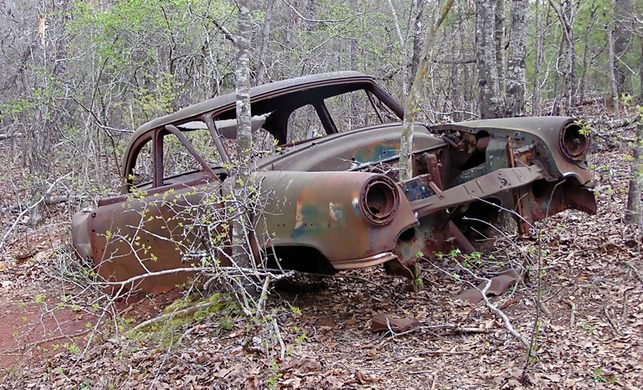



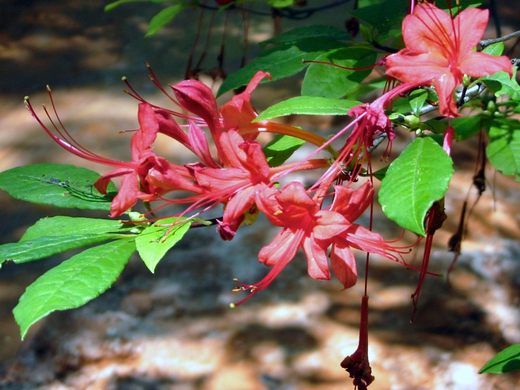

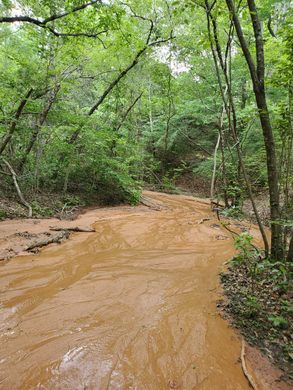
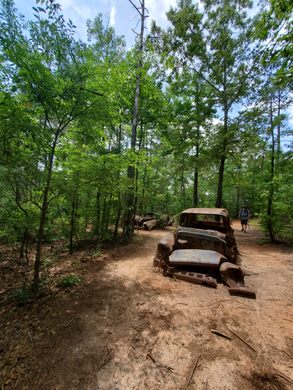

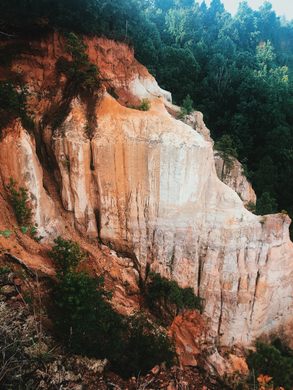
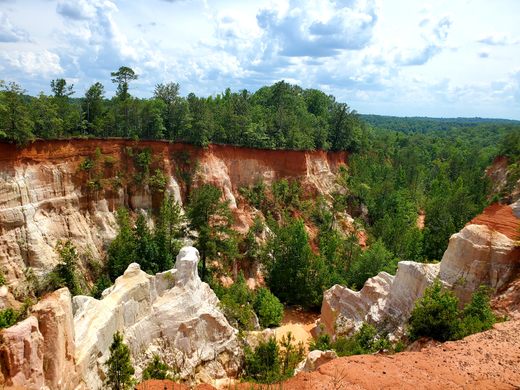

















Follow us on Twitter to get the latest on the world's hidden wonders.
Like us on Facebook to get the latest on the world's hidden wonders.
Follow us on Twitter Like us on Facebook